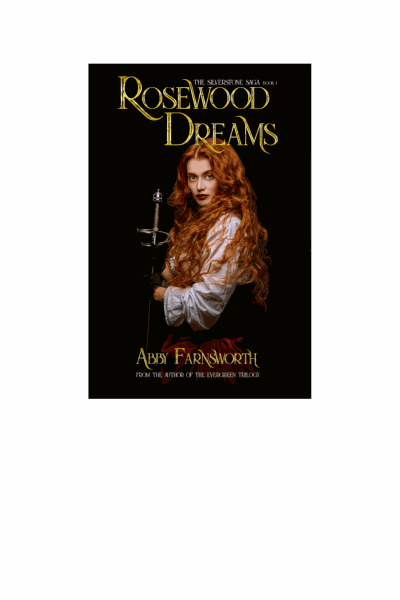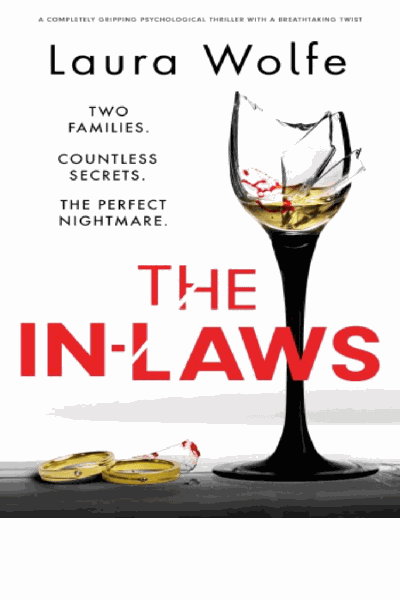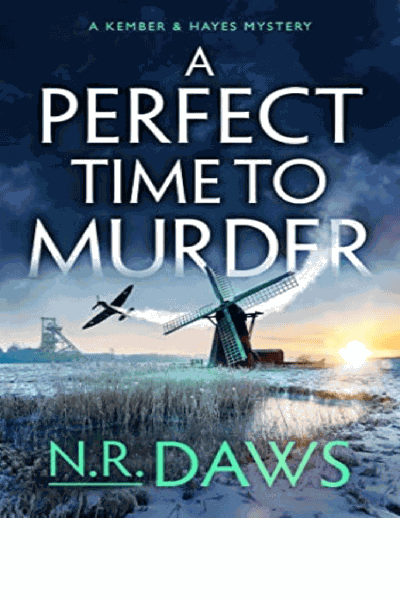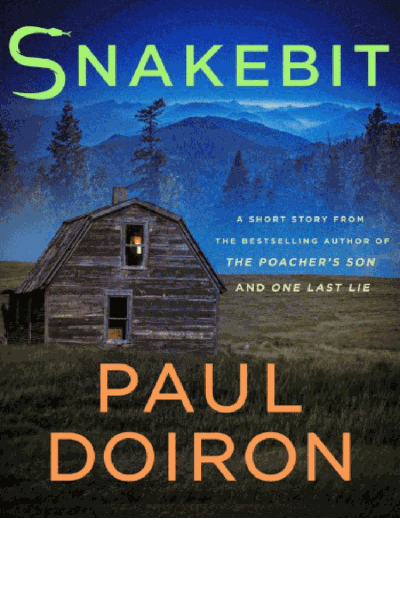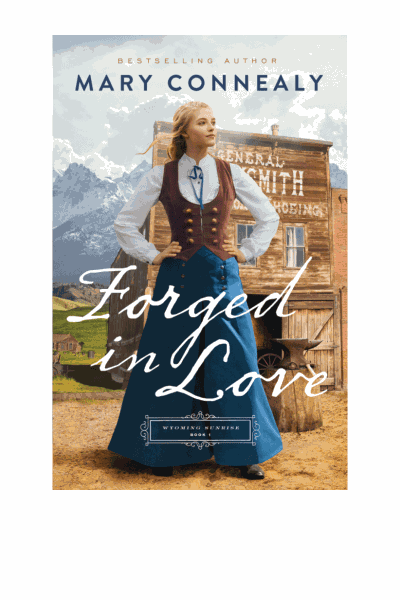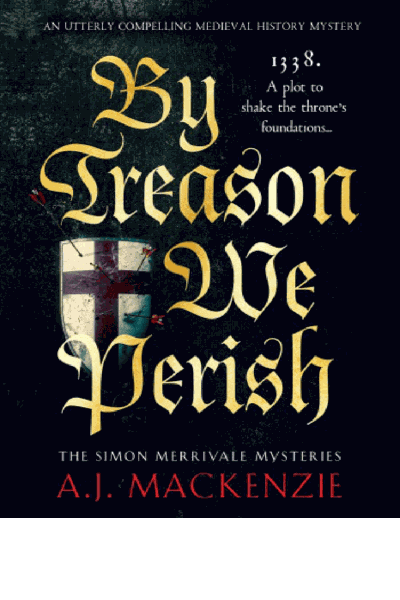
By Treason We Perish
Author/Uploaded by A.J. MacKenzie
By Treason We Perish Cover Title Page Dedication Epigraph Map of England Map of Northern France and the Low Countries Dramatis personae A note on measures, money and names Flight 1 Saffron 2 3 4 5 6 7 8 9 Wool 10 11 12 13 14 15 Money 16 17 18 19 20 21 22 23 24 25 26 Blood 27 28 29 30 31 Acknowledgements Newsletter About the Author Also by A.J. MacKenzie Copyright Cover Table of Contents Start of...
Content Preview
By Treason We Perish Cover Title Page Dedication Epigraph Map of England Map of Northern France and the Low Countries Dramatis personae A note on measures, money and names Flight 1 Saffron 2 3 4 5 6 7 8 9 Wool 10 11 12 13 14 15 Money 16 17 18 19 20 21 22 23 24 25 26 Blood 27 28 29 30 31 Acknowledgements Newsletter About the Author Also by A.J. MacKenzie Copyright Cover Table of Contents Start of Content Dedication This book is dedicated to all NHS staff, especially to those working with cancer patients. Epigraph A king ought not to go out of his kingdom to make war Unless the commons of his land will consent By treason we often see very many perish No one can tell in whom to trust with certainty Let not the king go out of his kingdom without counsel —English protest song, mid-fourteenth century Map of England Map of Northern France and the Low Countries Dramatis personae In the household of King Edward III Edward III, king of England Philippa of Hainault, his wife and queen of England Simon Merrivale, King’s Messenger Edmund Gonville, king’s clerk Sir John Moleyns, lord of Stoke Poges and treasurer of the king’s chamber Sir Geoffrey Scrope, lawyer, man-at-arms and royal advisor Henry Burghersh, bishop of Lincoln and royal advisor Alice Bedingfield, the queen’s lady-in-waiting In the household of the queen mother Isabella of France, former queen of England and mother of Edward III John Hull, chaplain Peter Ellerker, treasurer John Stanton, sarjeant Ralph Dunham, clerk Robert Brigget, marshal Warin of Hexworthy, groom Administrators in London John Stratford, Archbishop of Canterbury Robert Stratford, his brother, bishop of Chichester and Lord Chancellor Edmund Grimsby, senior official at the Chancery William de la Zouche, Lord High Treasurer and later Archbishop of York William Kildesby, Keeper of the Privy Seal Physicians and apothecaries Mercuriade of Salerno, physician Cassandra Wesenham, apothecary Jordan of Canterbury, physician to the king of England Saffron growers and dealers Nicholas le Flemyng (Nicolaes Engels), croker Juan Moreno, croker James Westacre, croker and former shipmaster William (Guillaume) Gonville, spice merchant Englishmen involved in the wool trade William de la Pole, merchant and banker from Hull Robert Denton, Pole’s agent and attorney, controller of customs John Wesenham, collector of customs in Bishop’s Lynn Roger Wolsthorp, collector of customs in Boston Reginald Conduit, merchant of London, vintner and banker Other bankers and financiers Sir John Pulteney, formerly Lord Mayor of London Donato di Pacino de’ Peruzzi, banker from Florence Aufrej Solaro, partner in the banking house of Solaro, Antwerp branch Orland Turc de Castel, head of the Company of the Leopard in Antwerp Anton Turc, partner in the Company of the Leopard Sinibald Solaro, partner in the banking house of Solaro, Strassburg branch Velvl Roth (Vivelin Rus), banker from Strassburg Other clerics and religious leaders Raimon Vidal, secretary to Étienne Aubert, Bishop of Noyon John Courtenay, abbot of Tavistock Balduin of Luxembourg, Archbishop of Trier Rabbi Levi ben Gershon, philosopher, mathematician and astronomer Knights, pirates, dukes, counts and archers Sir John Sully of Iddesleigh, friend and patron of Merrivale Enric, man-at-arms from Savoy Sgond, man-at-arms from Savoy John Crabbe, Anglo-Flemish shipmaster, engineer and pirate Jan III Reginar, Duke of Brabant (Cousin Jan) Willem II Avesnes, Count of Hainault (Brother Willem) Jacob van Artevelde, captain general of the League of Three Robin Pinn, archer from Sidmouth in Devon Jack Giffard, archer from Torrington in Devon A note on measures, money and names Two similar terms appear in this book, but they have slightly different meanings. A woolsack is a large and durable cloth sack which is filled with raw wool. A sack of wool on the other hand is a unit of weight, the amount of wool each sack should contain when filled. According to the Assize of Weights and Measures, each sack of wool should have weighed twenty-six stone, that is, 364 pounds or slightly over 165 kilograms. A wey was half a sack. A stone was, and still is, fourteen pounds. Saffron was measured using the apothecaries’ system of weights. Without going into detail, an apothecaries’ pound weighed three-quarters of a Tower pound (later known as avoirdupois), or around 340 grams. Money in medieval England was accounted for in two ways. The first and most common for smaller transactions was pounds, shillings and pence, written as £, s and d. There were 12d in a shilling, and 20s or 240d to the pound. The second was the mark, purely a unit of account worth 13s 4d or two-thirds of a pound. The largest coin in common circulation in England was the groat, worth 4d. There were also half-groats (2d), pennies, half-pennies and farthings, the latter worth a quarter d. The most common gold coin was the florin, minted in the city of Florence. The value of gold versus silver fluctuated depending on political and economic issues, the relative scarcity of each metal and the purity of the coinage itself, but data compiled at the London School of Economics and Political Science suggests that in the mid-fourteenth century the value of a florin ranged from three to four shillings, or 36d to 48d. Some of the places we mention had names different from those they bear today. The port of Bishop’s Lynn changed its name to King’s Lynn following the sixteenth-century reformation, and the market town of Chipping Walden eventually became Saffron Walden after the establishment of saffron growing in the area. Otherwise, we have used modern English names such as Antwerp, Ghent, Turin and Florence. The exceptions are where the medieval place was named in a language different from the modern name; for example in Chapter 1 we use several Provençal names including the river Isèra instead of Val d’Isère, and La Chasa Dieu instead of the French La Chaise-Dieu. Strasbourg, the capital of modern Alsace, was known throughout the Middle Ages as Strassburg, part of the distinctly Germanic culture of s’Elsàss; the French influence and
More eBooks

